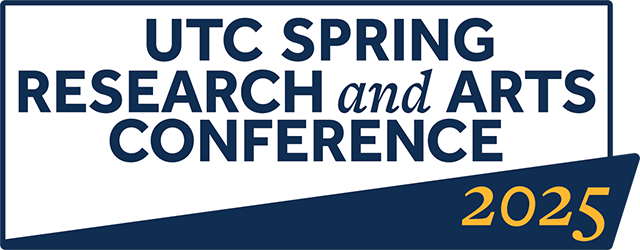Publisher
University of Tennessee at Chattanooga
Place of Publication
Chattanooga (Tenn.)
Abstract
The COVID-19 pandemic has rapidly disseminated worldwide, profoundly impacting numerous nations. Accurately forecasting the trajectory of COVID-19 across various scales is crucial for informing public health decisions. However, existing forecasting models primarily operate at the state or country level. Conventional mathematical models face limitations due to oversimplified assumptions, while machine learning algorithms struggle to extrapolate novel trends. This underscores the necessity for hybrid machine learning models that amalgamate domain expertise to enable precise long-term predictions. In response, we propose a sophisticated three-layered ensemble, tailored to geographical insights and fostering extensive peer learning. Our framework aims to forecast COVID-19 trends at country, continent, and global levels. At its foundational tier, we introduce a country-level predictor utilizing a hybrid Graph Attention Network (GAT) fused with a modified SIR model, adaptive loss functions, and mobility-informed edge weights. By amalgamating 163 country GATs, we train the subsequent continent and world layers of the ensemble using Multilayer Perceptron (MLP) models. Our findings substantiate that integrating precise equations and empirical data to model inter-community interactions significantly enhances the performance of spatio-temporal machine learning algorithms. Moreover, our study demonstrates the efficacy of incorporating geographic information, such as continent composition, in enhancing the predictive accuracy of the world predictor within our layered architecture. This approach not only refines the forecasting capabilities but also underscores the critical role of geographic insights in augmenting predictive models for global health challenges like COVID-19.
Document Type
posters
Language
English
Rights
http://rightsstatements.org/vocab/InC/1.0/
License
http://creativecommons.org/licenses/by/4.0/
Recommended Citation
Sun, Connie; Kumarasamy, Vijayalakshmi; Liang, Yu; Wu, Dalei; and Wang, Yingfeng, "Using a Layered Ensemble of Physics-Guided Graph Attention Networks to Predict COVID-19 Trends". ReSEARCH Dialogues Conference proceedings. https://scholar.utc.edu/research-dialogues/2025/posters/18.
Using a Layered Ensemble of Physics-Guided Graph Attention Networks to Predict COVID-19 Trends
The COVID-19 pandemic has rapidly disseminated worldwide, profoundly impacting numerous nations. Accurately forecasting the trajectory of COVID-19 across various scales is crucial for informing public health decisions. However, existing forecasting models primarily operate at the state or country level. Conventional mathematical models face limitations due to oversimplified assumptions, while machine learning algorithms struggle to extrapolate novel trends. This underscores the necessity for hybrid machine learning models that amalgamate domain expertise to enable precise long-term predictions. In response, we propose a sophisticated three-layered ensemble, tailored to geographical insights and fostering extensive peer learning. Our framework aims to forecast COVID-19 trends at country, continent, and global levels. At its foundational tier, we introduce a country-level predictor utilizing a hybrid Graph Attention Network (GAT) fused with a modified SIR model, adaptive loss functions, and mobility-informed edge weights. By amalgamating 163 country GATs, we train the subsequent continent and world layers of the ensemble using Multilayer Perceptron (MLP) models. Our findings substantiate that integrating precise equations and empirical data to model inter-community interactions significantly enhances the performance of spatio-temporal machine learning algorithms. Moreover, our study demonstrates the efficacy of incorporating geographic information, such as continent composition, in enhancing the predictive accuracy of the world predictor within our layered architecture. This approach not only refines the forecasting capabilities but also underscores the critical role of geographic insights in augmenting predictive models for global health challenges like COVID-19.


